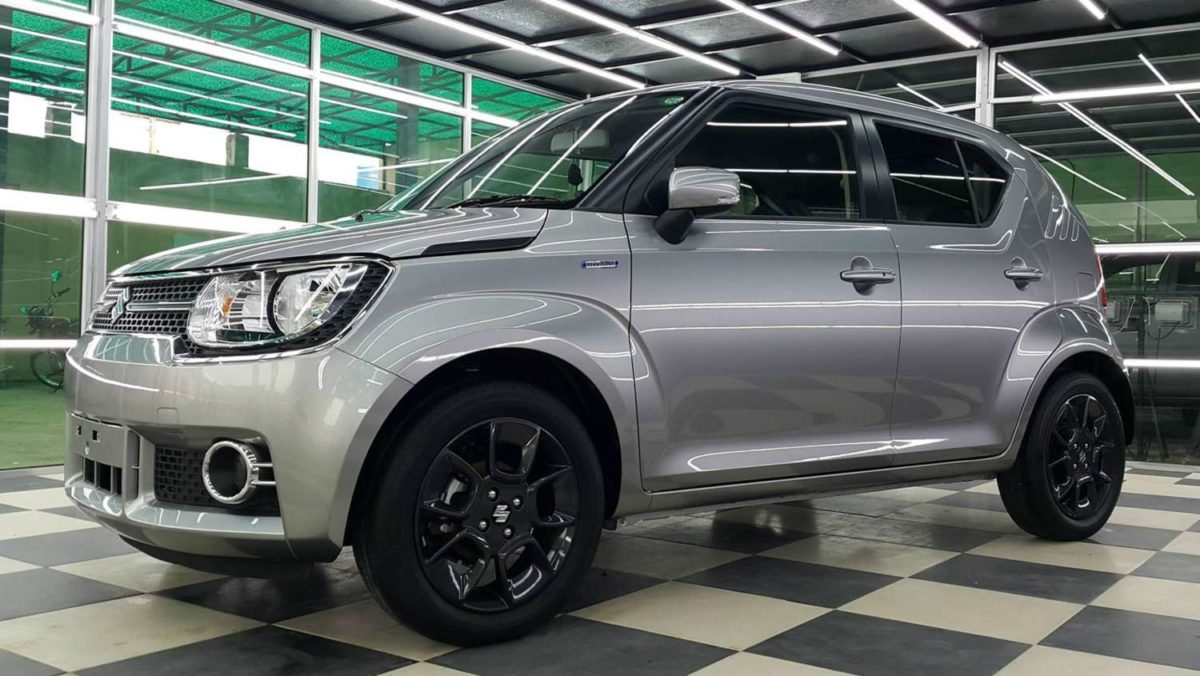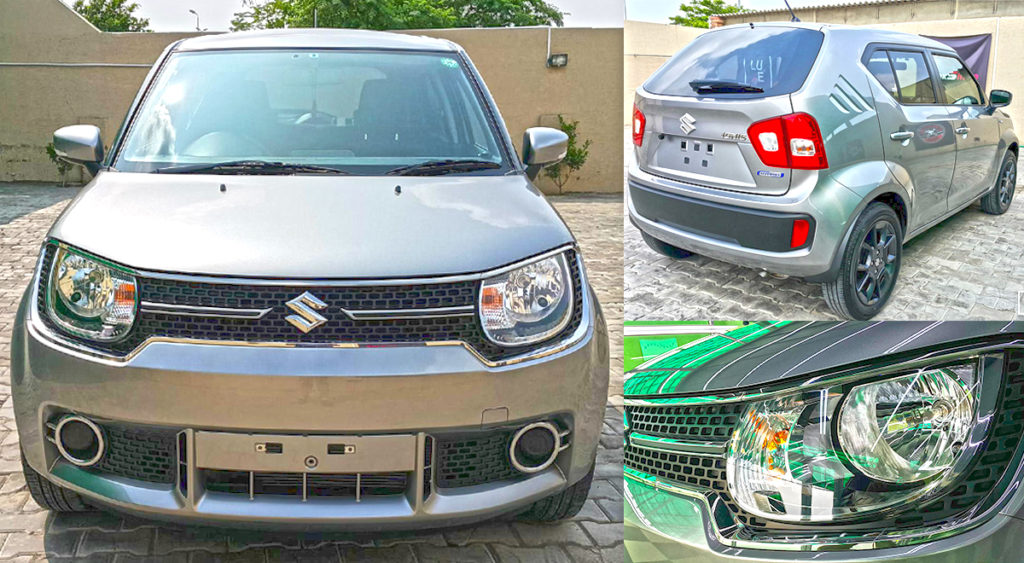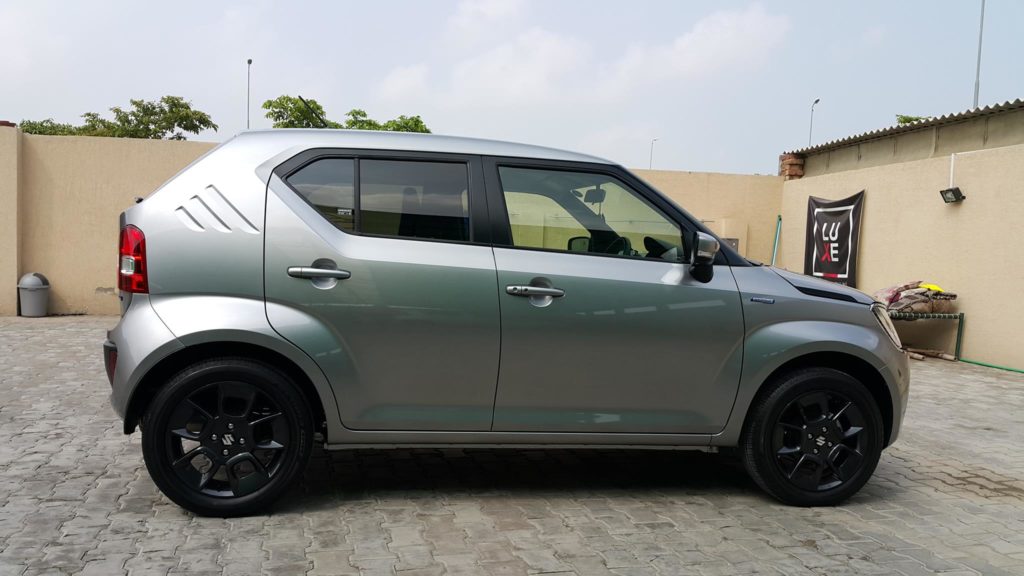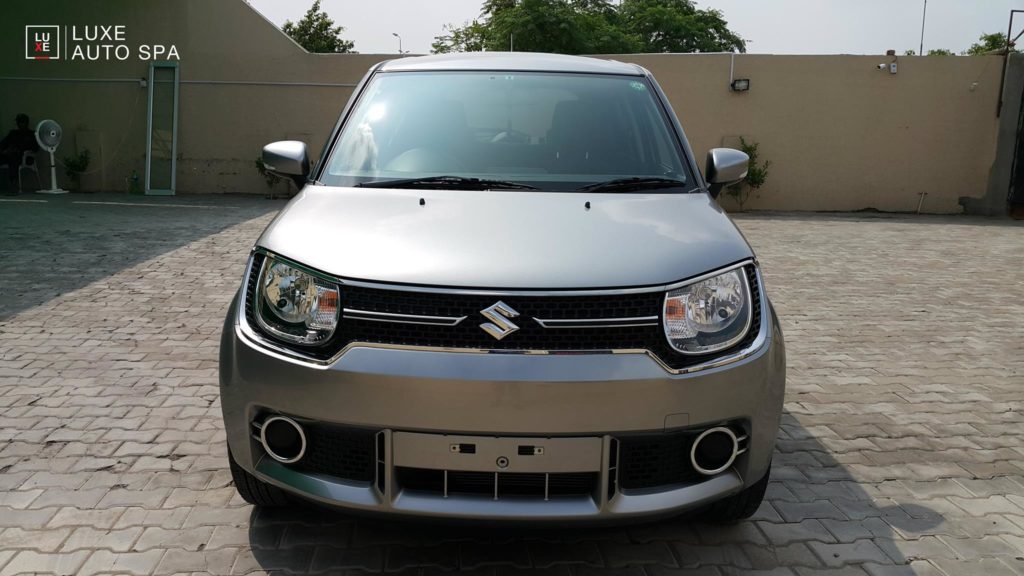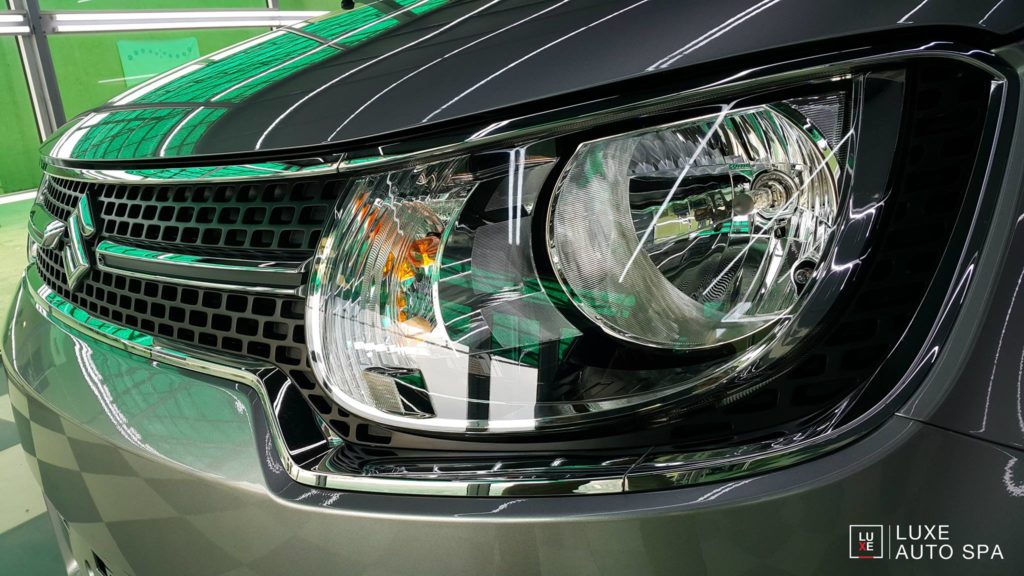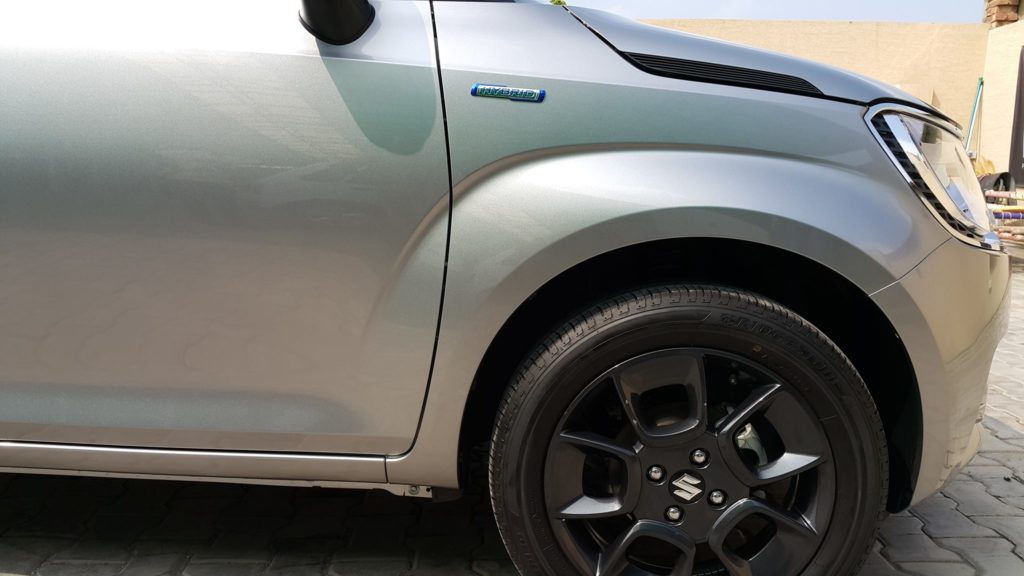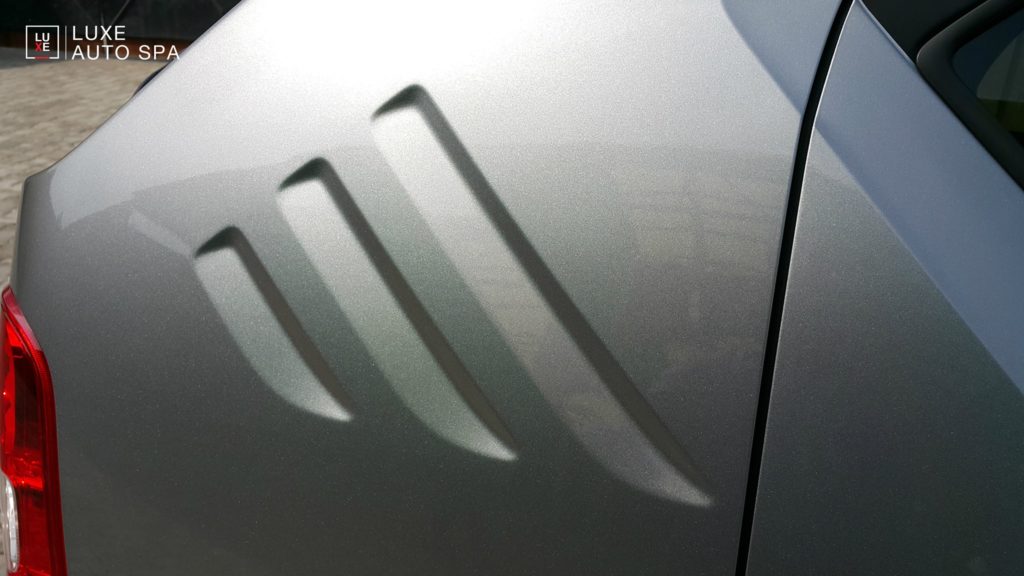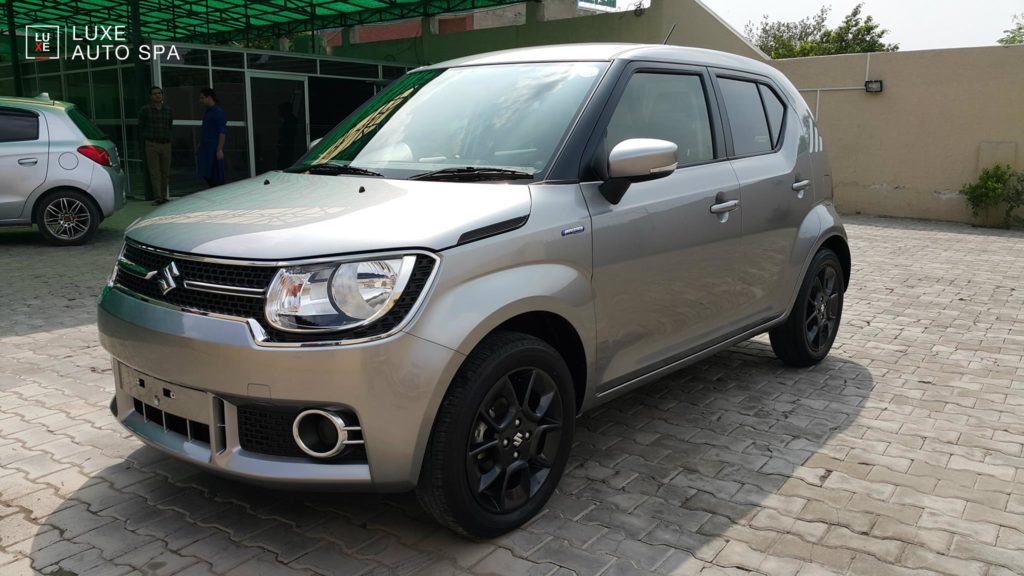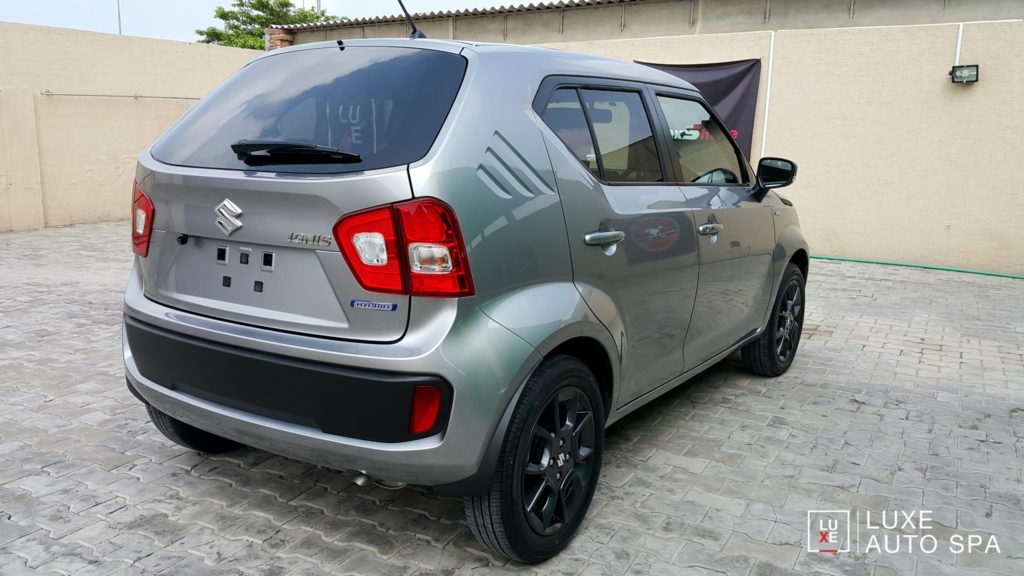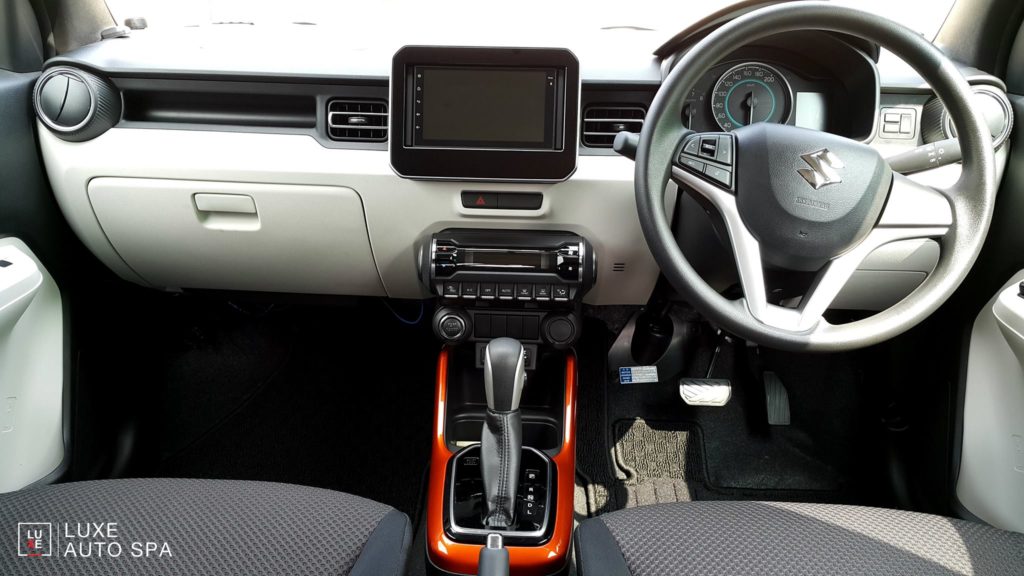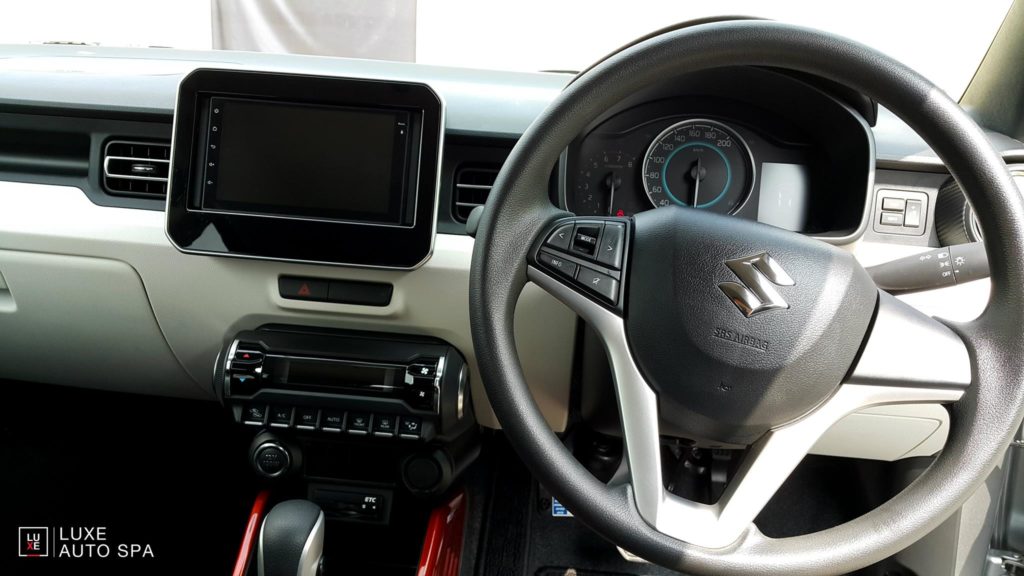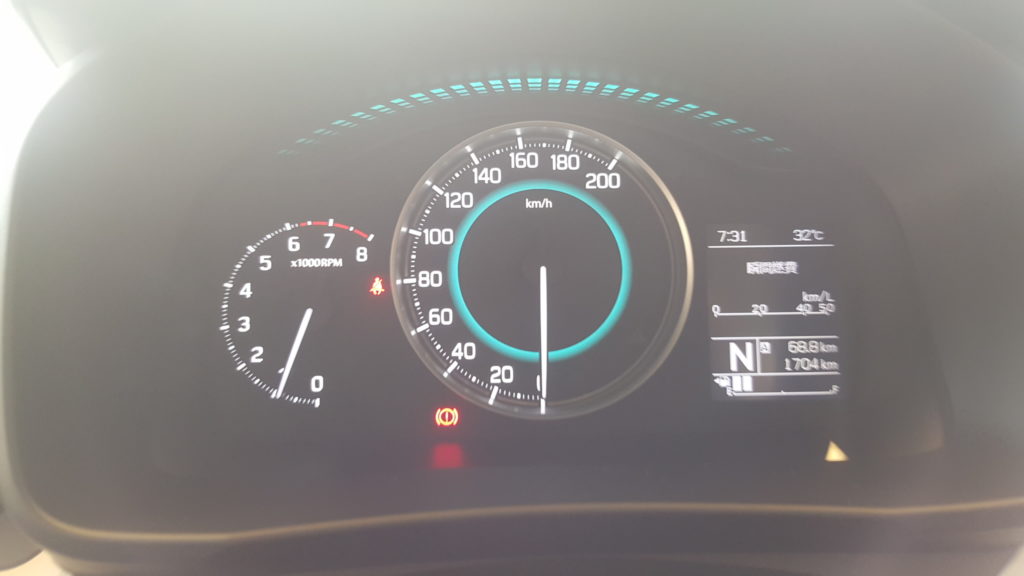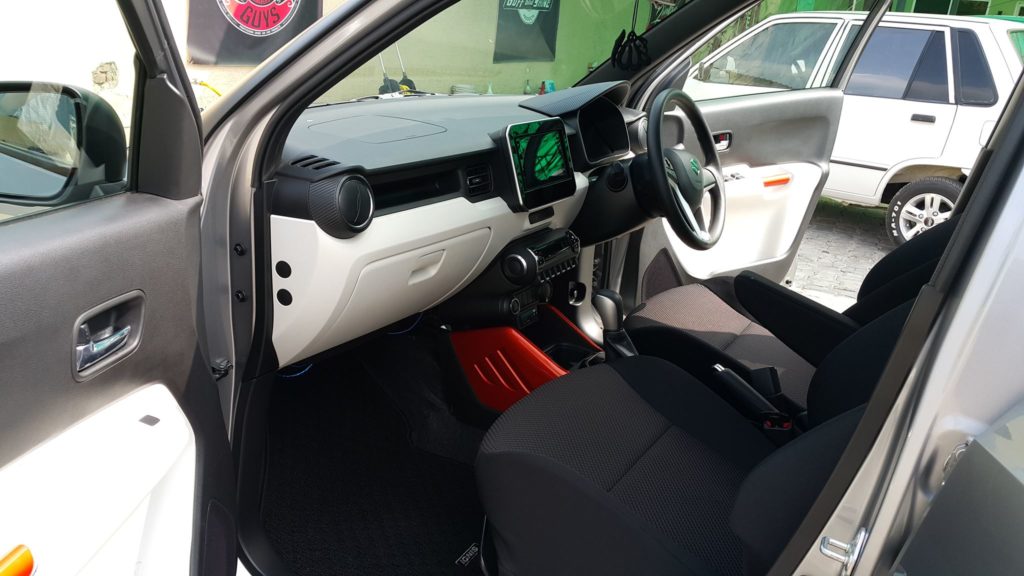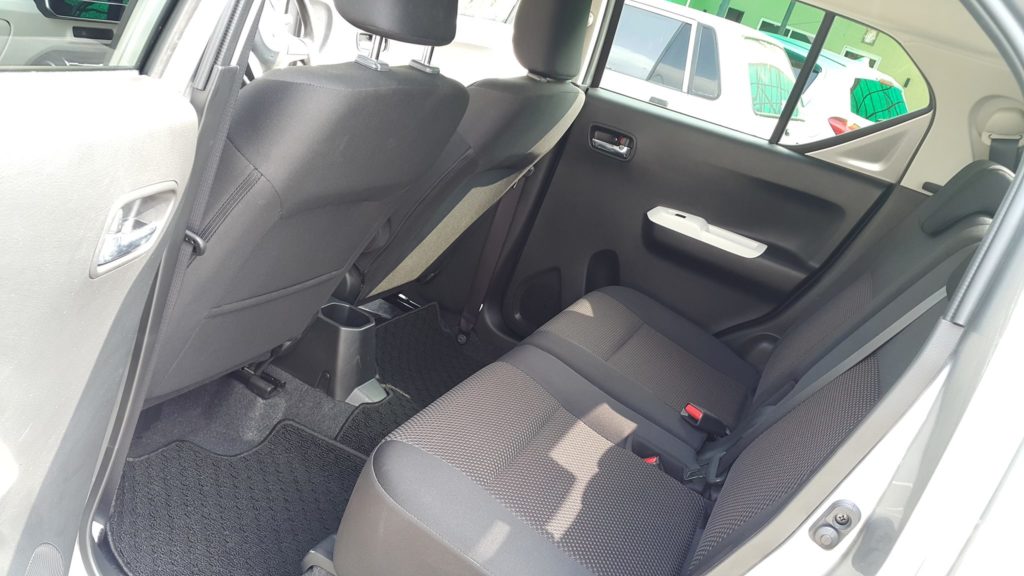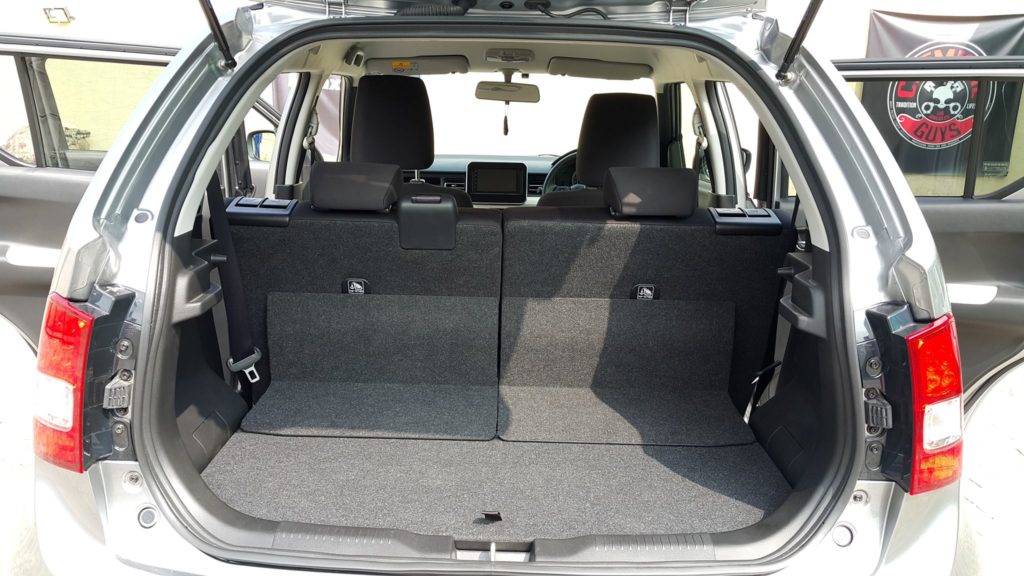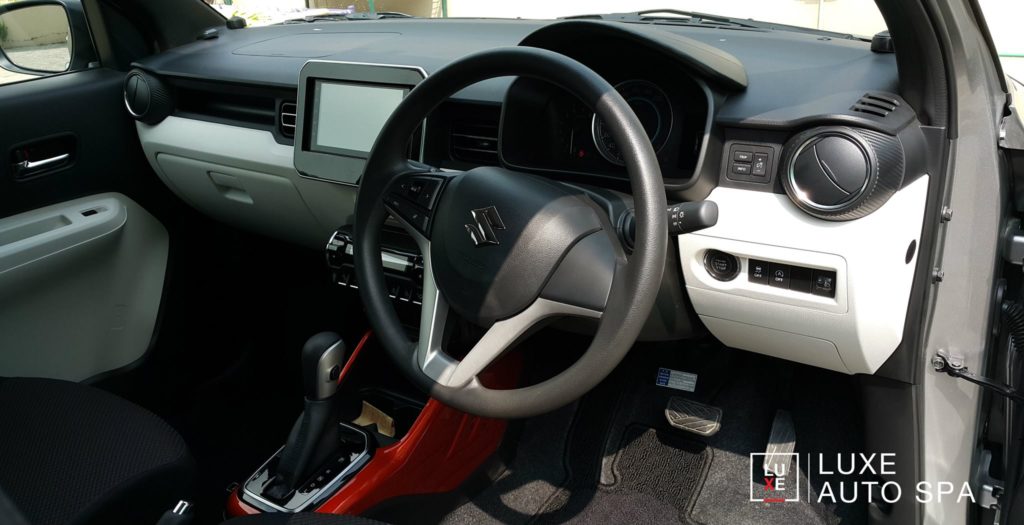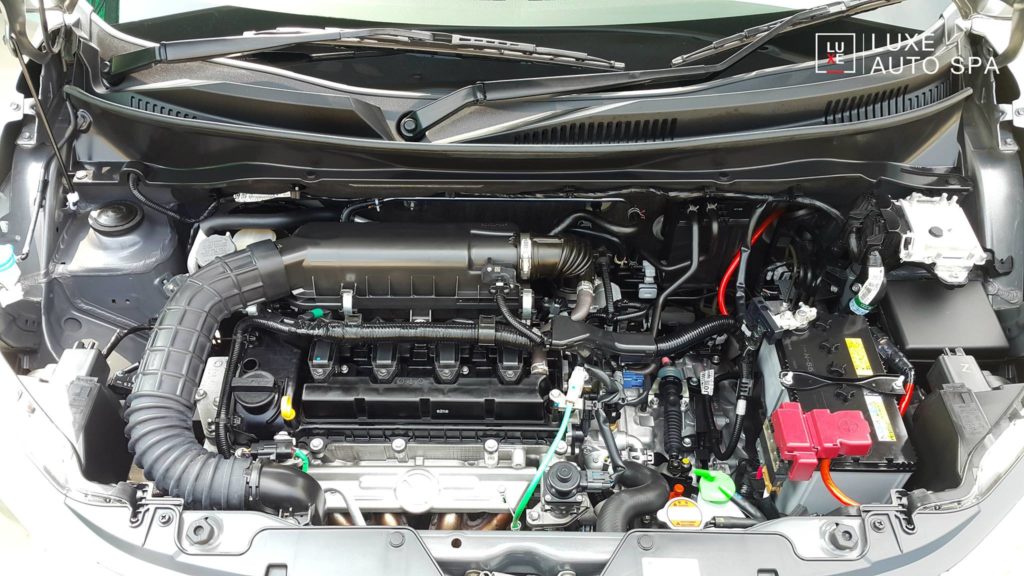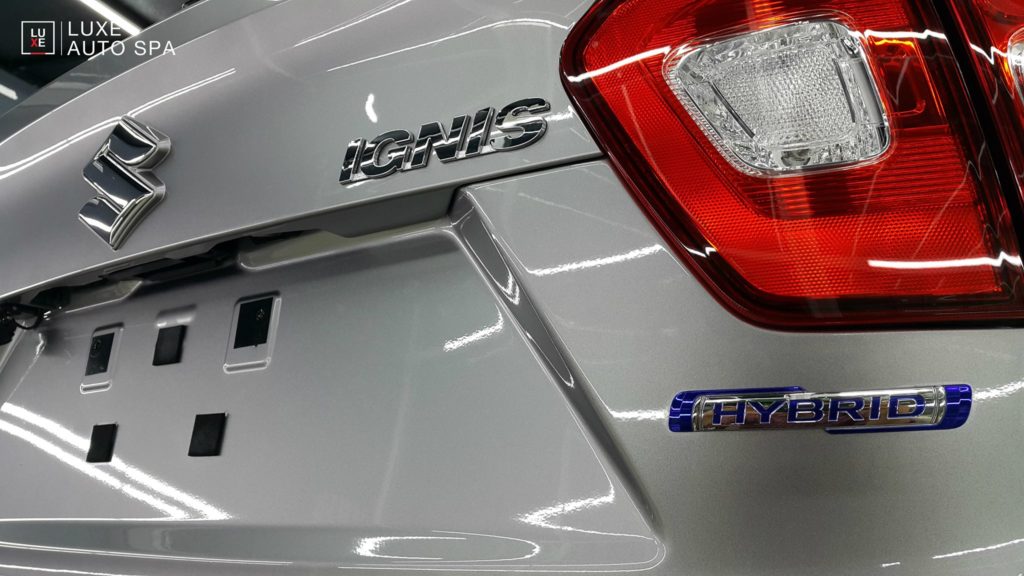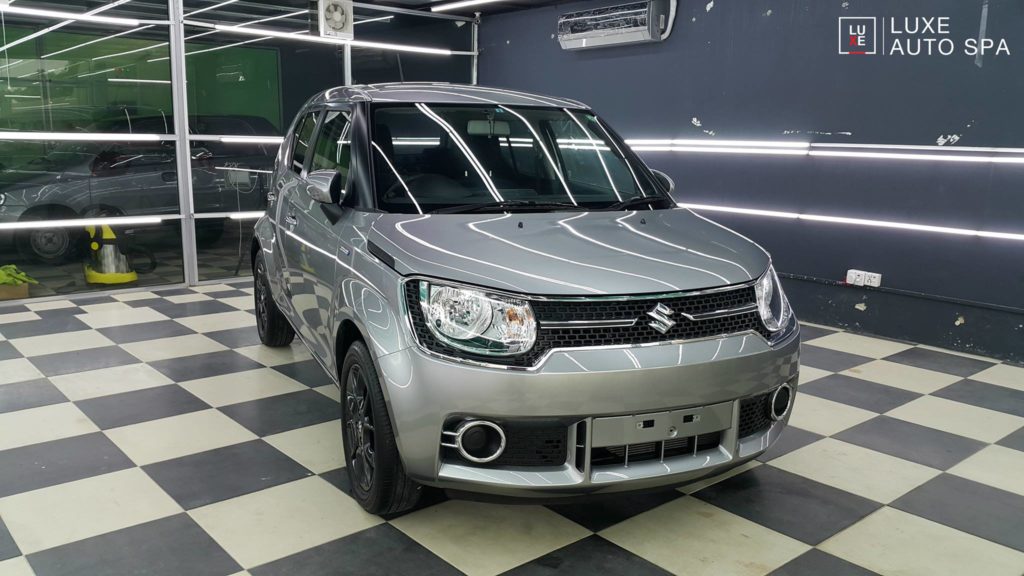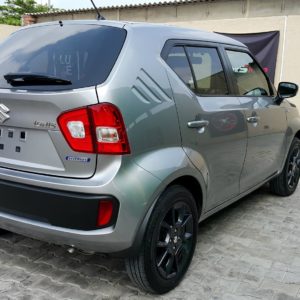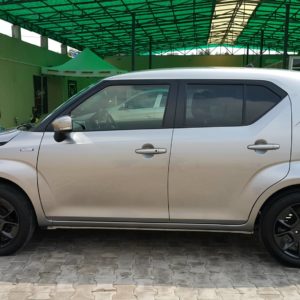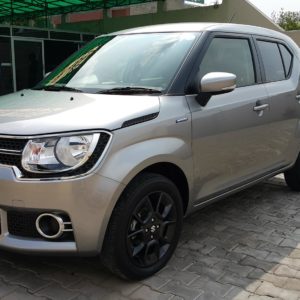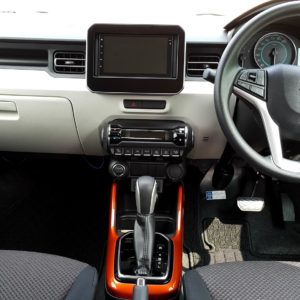The Suzuki Ignis was first showcased to the world as the IM-4 concept in 2015. On February 2016, the sub-compact crossover’s sales started in Japan, while it made its European debut at the Paris Motor Show last month (September 2016). Sales are scheduled to begin in Europe in January 2017, after which the model will also be introduced in other markets. In India, the Ignis has already been previewed by the Ignis Concept at the 2016 Auto Expo. Once launched in early-2017, the Ignis would be positioned below the Baleno, and will be retailed from the brand’s “upscale” Nexa outlets. It will be Maruti Suzuki’s first sub-compact crossover, and is slated to be the Ritz’s spiritual successor. Its immediate rival would be the Mahindra KUV100, which will be joined by the Datsin Go Cross in mid-2017. Here’s a brief design review to see how the compact crossover fares in terms of aesthetics and practicality.
Truly sub-compact
The Ignis is just 3,700 mm long; comfortably putting it inside the sub-4 meter bracket. However, it is still 25 mm longer than the KUV100, while its 2,435 mm long wheelbase is as much as 50 mm longer than the KUV100’s.
The Ignis is 1,690 mm wide and 1595 mm tall, which makes it both slimmer and shorter than the KUV100, which is 1705 mm wide and 1635 mm tall. However, the Ignis’s 180 mm of ground clearance is 10 mm more than the baby Mahindra’s. These dimensions not only give it a purposeful stance, but they should account for more interior room as well.
Also read – Auto Expo 2016: Maruti Suzuki Ignis Concept showcased
Design
The front end gets a chrome bordered grille and curvy headlamps; top-end grades feature projector headlamps and U-shaped LED DRLs
The chunky wheel arches, pushed to the extreme corners of the vehicle accentuate the clean and simple lines of the Ignis.
The slit-like C-pillar design is inspired by the first-generation Cervo..
..while the blacked out A- and B-pillar design is inherited from the Swift.
The rear end styling features an upright tail gate design, a raked rear glass area, simple tail lamps and a rear bumper starring a giant black insert.
Interiors
In spite of the compact exterior dimensions, the Ignis’s interior promises to be roomy, with space between occupants, along with ample headroom and legroom.
The horizontal lines of the dashboard divide the off-white and black toned sections, while the orange and metallic titanium accent colours on the floor console and inside door grips add some funk.
For India, the 7-inch touch-panel display will be the window to Maruti’s SMARTPLAY infotainment system, which bundles radio, rear-view camera, and navigation functions, apart from offering Android Auto, Apple CarPlay and MirrorLink services.
The instrument cluster is a simple affair, with a large, central speedometer flanked by a tachometer to its left and a MID to its right.
The cabin seems to be a nice and funky place to be in; more so considering India-spec models will come with Harman Kardon speakers.
The rear seat, though utilitarian, looks accommodating enough and has a 50:50 split. It also adopts sliding rear seat functionality that, combined with the ability to fold down the rear seat-backs, makes it possible to accommodate a wide variety of luggage.
Talking of luggage, the Ignis has a luggage capacity of 267 litres, which is more than the KUV100’s 243 litres.
Other highlights of the Ignis’s cabin include an engine start-stop button, a three spoke, multi-function steering wheel, a two-section glove box design, along with bottle holders in the centre and rear consoles as well as in the front and rear doors.
Drive-train
So far the Ignis has been presented with only one drive-train – a 1.2-litre DUALJET (K12C) petrol engine rated at 66 kW (88.5 HP) @ 6,000 rpm and 120 Nm @ 4,400 rpm, combined with the SHVS (Smart Hybrid Vehicle by Suzuki) mild hybrid system. Transmission options include either a five-speed manual or a five-speed AGS (Auto Gear Shift). European models can also be had with Suzuki’s ALLGRIP AUTO viscous coupling four-wheel drive system.
For India however, the Suzuki Ignis is likely to get the familiar duo of 1.2-litre VTVT petrol and 1.3-litre MultiJet diesel engines; both mated to five-speed manual transmissions . Maruti Suzuki is also said to be considering the 1.0 BoosterJet turbo-petrol engine for the Ignis that could be available with the five-speed AGS (Auto Gear Shift).
Safety equipment
The Ignis adopts Suzuki’s Total Effective Control Technology (TECT) concept that incorporates collapsible structures that are said to absorb impact energy in the event of a collision, a frame structure that claims to disperse impact energy, and a rigid cabin structure. For Europe, other safety features on the Ignis include ESP (Electronic Stability Program), along with front, side and curtain airbags. Euro-spec models also get a Dual Camera Brake Support (DCBS) that involves stereo cameras all around the car detecting vehicles and pedestrians ahead, helping avoid collisions and mitigate collision damage through warnings and automatic braking. These cameras also aid in the Lane departure warning and Weaving alert functions. As for India, only a couple of air bags and ABS is expected.
Images: Luxe Auto Spa Pakistan and Pakwheels

